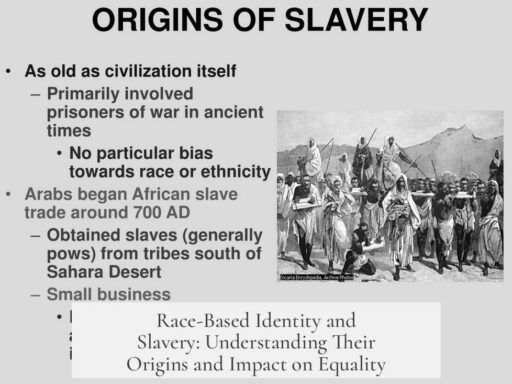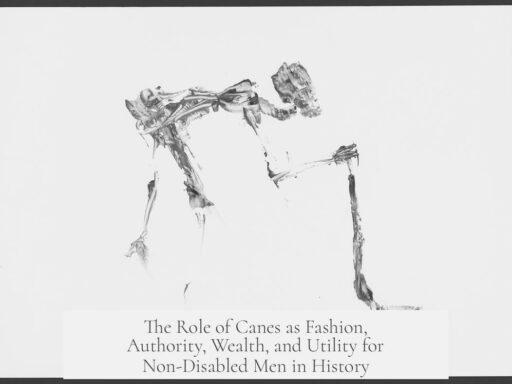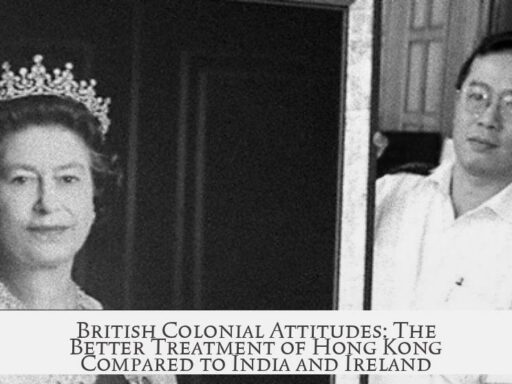Slavery predates race-based identity, with the specific development of racial identity and whiteness forming later alongside chattel slavery of Black Africans in 16th century Spain. Early slavery systems were based on military conquest, ethnicity, or social status, not constructed racial categories.
Slavery existed as an institution well before the concept of race as a social or legal identity. Ancient civilizations like Greece and Rome practiced slavery based on prisoners of war or ethnicity. These forms of servitude lacked fixed racial classifications. Individuals were enslaved due to their status as captives, not due to any idea of inherited racial difference.
Later, during the Muslim conquests, Islamic law introduced significant changes to slavery practices:
- Presumption of freedom for individuals.
- Prohibition on enslaving free Muslims and protected persons except under certain restrictive conditions.
This legal structure reduced options for capturing slaves from Muslim communities. Slave traders shifted to acquiring people from Sub-Saharan Africa. Over time, this produced early forms of anti-Black bias, or proto-racism, intended to justify the continuing enslavement of Africans regardless of conversion to Islam.
These proto-racist views did not become codified in law or dominate Islamic culture. Key figures like Ahmed Baba of Timbuktu opposed theological justifications of Black enslavement. Thus, early Muslim-era anti-Black attitudes were cultural prejudices without robust legal racial identity systems.
In medieval Christian Europe, proto-racism also emerged, especially through the Crusades. Non-Christians were demonized as agents of evil, a narrative used to justify violence and exclusion. This environment influenced Spain after the Reconquista—a significant turning point for racial constructions.
Spain introduced the first legal racial system through the Limpieza de Sangre (“Purity of Blood”) statutes. These laws categorized people by ancestry rather than religious practice:
- Former Jews and Muslims who converted to Christianity were legally marked by ‘tainted blood.’
- This ‘taint’ passed intergenerationally, regardless of personal belief.
- Descendants of converts could face discrimination based on lineage.
This legal mechanism racialized religious difference, codifying a notion of inherited identity that went beyond faith. It laid groundwork for later racial thinking tied to ancestry and bloodlines, distinct from earlier forms based on religion or conquest.
In the 16th century, Spain’s colonization of the Americas and involvement in the transatlantic slave trade solidified the fusion of race and slavery. The concept of whiteness developed alongside chattel slavery targeting Black Africans. This system was unique in legally defining and enforcing racial categories, positioning Blackness as linked to lifelong, hereditary enslavement.
Summarizing:
| Aspect | Details |
|---|---|
| Slavery before race | Ancient slavery tied to conquest/ethnicity, no racial ideology. |
| Proto-racism | Religious and cultural biases emerged but lacked legal racial codification (e.g., Islamic, Crusade-era). |
| Race-based identity origin | Legalized in late medieval Spain via Limpieza de Sangre, focusing on ancestry. |
| Racialized chattel slavery | 16th century Spain linked Black racial identity to hereditary slavery during European colonization. |
This progression shows race-based identity as a later social and legal construct, developing in response to and intertwined with the specific demands of European colonialism and transatlantic slavery. Earlier forms of slavery lacked this fixed racial underpinning.
- Generic slavery existed long before concepts of race appeared.
- Proto-racist attitudes appeared but did not become laws or dominant cultural norms.
- Legal race systems arose in Spain based on blood purity, racializing ancestry.
- Racial identity and chattel slavery of Black Africans co-evolved during European colonization.
Which Came First: Race-Based Identity or Slavery?
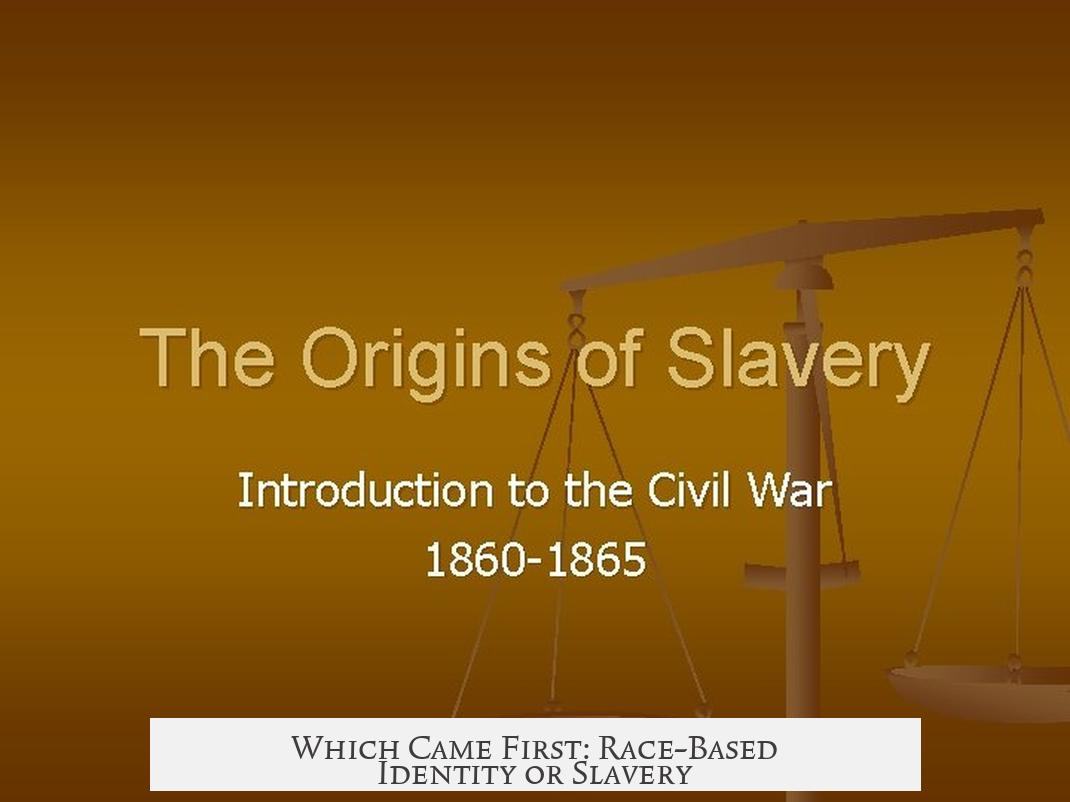
To cut to the chase: slavery came first, and race-based identity followed later. This might feel like a surprise at first. People often assume that race was always the reason for slavery, especially with how deeply race and slavery are linked in history today. But when you dive into historical records, you find slavery existed long before modern ideas of race took shape.
Slavery has been around forever — or at least for thousands of years. Ancient civilizations like Rome and Greece enslaved people primarily due to military conquest or ethnic background, not race as we understand it today. Whiteness, as a concept, was actually missing from European thought during the classical period. So, there were slaves, but they weren’t enslaved because of a “race” that made them inferior or different. Instead, slavery was situational: prisoners of war or outsiders from different tribes or nations became slaves.
The Birth of Race-Based Identity and Its Messy Roots
Fast forward to 16th century Spain. That’s where the modern form of racial identity began to crystallize — alongside a brutal system of race-based chattel slavery. Here, “whiteness” started to mean something. But it didn’t pop up in a vacuum; it was entangled with European colonization and the transatlantic slave trade.
Spain was no stranger to a racial hierarchy before the Americas. The Reconquista had ended Muslim and Jewish rule in Iberia, but not without leaving its mark on thinking about who belongs and who doesn’t. The Limpieza de Sangre, or “purity of blood” laws, showed an early legal use of racial ideas. These laws discriminated against descendants of Jews and Muslims, asserting that their blood was “tainted,” no matter if they had converted to Christianity.
This legalized genealogy-based discrimination was a kind of proto-race system. It fixed identity not just on religion, but on blood and ancestry. And it planted the seed for thinking about humans as fundamentally different based on inherited traits rather than just religion or nationality.
Proto-Racism: The Rumblings Before the Storm
It’s important to note that some forms of discrimination resembling racism existed before race as a strict identity. Take the Muslim world, for example. Islamic law made it illegal to enslave free Muslims or people under Muslim protection. However, loopholes pushed slavers toward capturing Black Africans from Sub-Saharan Africa. Over time, negative stereotypes about Black people developed, like the ones Ibn Khaldun expressed.
“[Blacks are] as a whole submissive to slavery, because [they] have little that is essentially human and have attributes that are quite similar to dumb animals.” — Ibn Khaldun (1377)
Wow. That reads harshly, right? But what’s vital here is that this kind of thinking didn’t become full-blown law or cultural norm in the Muslim world. It was proto-racism — negative attitudes but no codified, institutionalized race system. Individuals like Ahmed Baba of Timbuktu even argued against racial justifications for slavery, pointing out the moral absurdity of punishing descendants for ancient sins.
From Proto-Racism to Revolutionary Race-Based Slavery
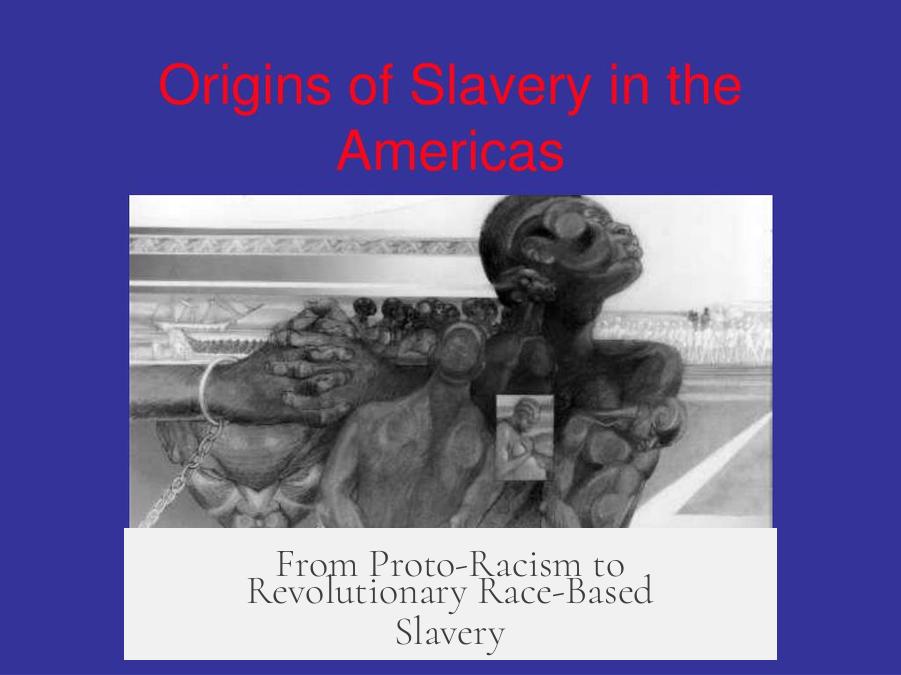
What changed? Why did race-based slavery emerge so fully in Spain and then colonial America?
European colonization triggered a revolutionary transformation. Colonizers faced the challenge of justifying the exploitation and brutal treatment of entire populations. Race-based identity and slavery became tools intertwined to reinforce and naturalize their power dynamics. Now, Blackness was constructed as inherently tied to bondage and servitude. This was a new racial ideology, cemented legally and socially in European colonies.
Chattel slavery, where enslaved people and their descendants were considered property for life, spread with this ideology. Before this, slavery was often temporary or tied to functions like debt repayment or military defeat. Under race-based slavery, entire groups were subjugated based on a racial hierarchy constructed to maintain control.
Why Does This History Matter?
You might be wondering: why dig into all these complexities when today’s problems with racism and inequality seem too urgent for “history lessons”? Well, understanding how race and slavery developed helps unpack roots of systemic racism.
Race as a social construct, emerging after generic slavery, means it wasn’t inevitable. It was a political invention designed to maintain power for some while oppressing others. This context helps us realize that race-based discrimination is not biological or fixed; it’s a product of history — and potentially, it can be changed.
Did you know? Modern concepts of whiteness were partly born to create distinctions among Europeans themselves, setting white Europeans apart from Jews and Muslims, and later from Africans. This idea expanded rapidly with colonization, leading to the racial classifications still influencing society today.
Practical Takeaways
- Recognize Slavery’s Variety: Not all historic slavery was race-based. The word “slave” once meant a condition, not a race.
- Question Racial Categories: Many racial categories are modern and serve social, political purposes—not biological ones.
- Challenge False Narratives: Don’t accept that race naturally determines status or worth. These ideas were deliberately created.
- Educate Yourself on Historical Context: Learn how race evolved with slavery, colonization, and legal systems like Limpieza de Sangre.
In Closing: A Better Understanding Sharpens the Fight for Equality
Slavery existed millennia before race-based identity. Race, as we know it, formed much later — and closely with chattel slavery in 16th century Spain and the Americas. Before fully developed racial systems, discrimination operated more loosely, connected to religion or ethnicity rather than “race.”
Do these facts change how you think about race and slavery? If slavery didn’t create race, but race was created to justify slavery, what does that say about combating racism today? History isn’t just about the past — it’s a tool to navigate and dismantle present injustices.
Next time someone says, “Slavery was always about race,” you can sound like a history pro and explain how the sinister partnership between race-based identity and slavery took centuries to develop — and only became entrenched with European colonialism. Now, that’s power knowledge.
What existed first: generic slavery or race-based identity?
Generic slavery existed first. Slavery has a long history tied to war and captivity. Race-based identity evolved later, especially with European colonialism and chattel slavery.
How did legal race-based systems originate in Europe?
They began in late medieval Spain after the Reconquista. Spain created laws like Limpieza de Sangre, which racialized religious ancestry, especially targeting Jews and Muslims.
Was slavery in ancient times linked to race?
No. Slavery in classical Greece and Rome was connected to ethnicity or military defeat, not race. The concept of race as we know it developed centuries later.
Did Islam contribute to racial forms of slavery?
Islamic law forbade enslaving free Muslims, pushing slavers toward Black Africans. This created anti-Black proto-racist ideas but did not fully legalize racial slavery.
When did race-based chattel slavery targeting Black Africans begin?
It began in 16th century Spain, tied to European colonization. This system linked Black African identity directly to slavery through legal and social racial identities.
